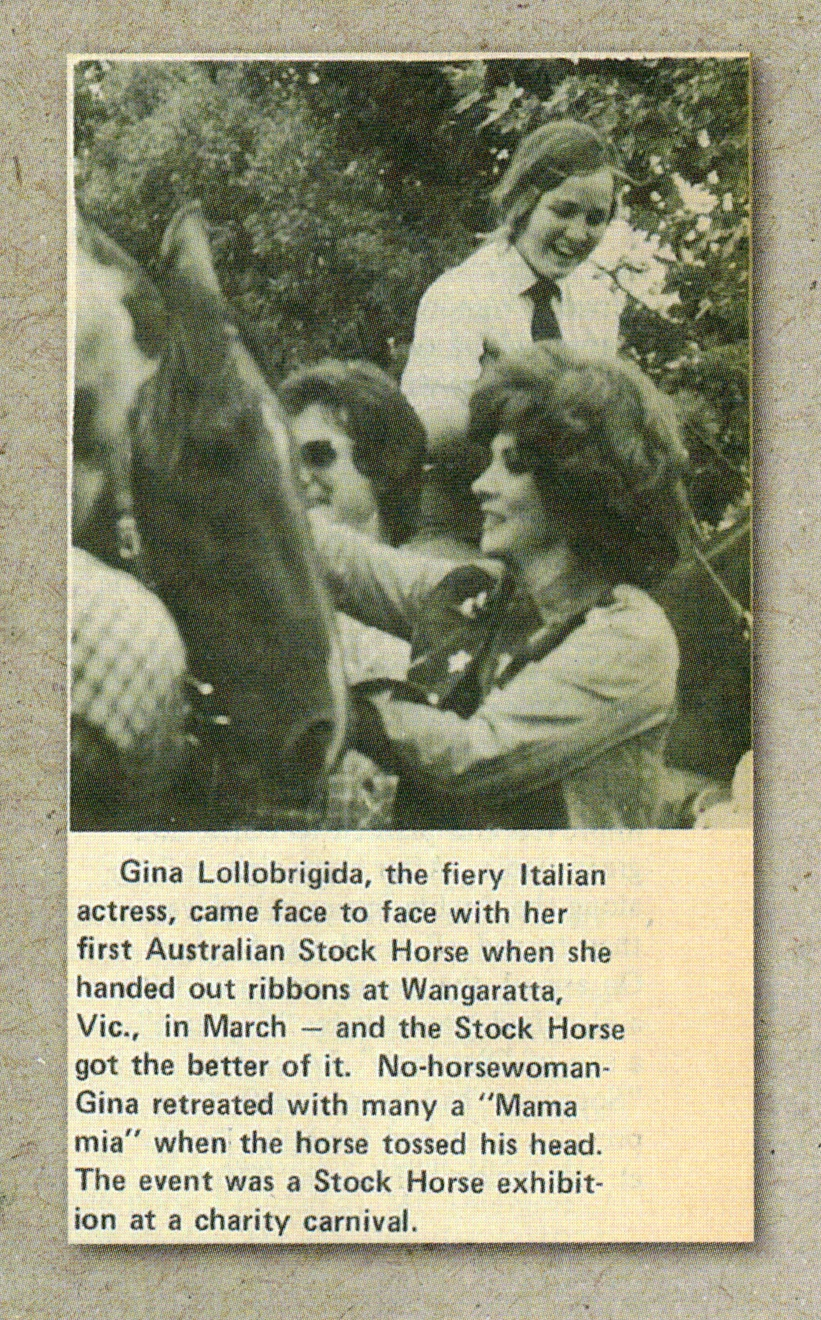Dr Jake Malmo
Jake Malmo was a brilliant veterinarian. I met him a few times at AVA governance meetings over many years throughout the 1970s and 1980s. I cannot think of another individual so dedicated to his professional calling. My old boss stated among many other characteristic aphorisms that ‘there is more to life than work’ although absolutely committed to his profession himself. I think for Jake they were one and the same thing. Was it Oscar Wilde who stated: “Work; curse of the drinking class”. I wouldn’t go quite that far although there were ‘times in one’s life’? Look what happened to old Oscar!
I’ll leave the tributes and accolades to those best placed to remember an extraordinary man and an even more exceptional professional.
Monday 20 March 2023
AVA Member Communication
We are deeply saddened by the passing of Jakob Malmo, a highly respected veterinarian who dedicated his life to the advancement of veterinary medicine. Jakob made significant contributions to the profession through his teaching, research, and practice, and his legacy will live on for generations to come. In the obituary below, AVA Director David Beggs pays tribute to Jakob’s remarkable life and achievements.
Dr Malmo’s service will be held at the Maffra Football Club Function Rooms, Newry Rd Maffra on Thursday 23rd March 2023 commencing at 12:30 pm, followed by burial at the Maffra Cemetery.
A live stream of the service will be available – Please click here for live stream.
Vale Dr Jakob Malmo AO
Jakob Malmo once said he was bred to be a cattle vet. Son of a veterinarian who immigrated from Norway around the time of the Great Depression, his earliest recollections were driving around the Maffra area with his dad. The nearest vet neighbours were Dandenong and Wollongong.
He graduated from Sydney in 1961 and never looked back.
Jakob set up the Maffra Rural Veterinary Unit in his practice in the 1970s and in the preface to his latest textbook estimates that 1500+ undergraduates have passed through there. He lectured, examined and was instrumental in the course design at The University of Melbourne, but also at all other Australasian universities.
A quote from Jakob when he was appointed as an Honorary Professorial Fellow within the University of Melbourne’s Faculty of Veterinary Science:
“One of the things that has maintained my enthusiasm for cattle practice over the last 50 years has been the continued exposure to young, enthusiastic, bright undergraduates who are keen to learn, keen to get hands on experience and who ask challenging questions.”
Jakob was instrumental in setting up the Dairy Resident’s Program at the University of Melbourne, and he was actively involved in setting up the Dairy Masters program in the ’90s which has had a huge impact on the profession – many current identities in the dairy industry owe much to this program.
Jakob, a registered specialist, spoke at too many conferences to count. He held positions in the AVA and ACV. He was on the World Buiatrics Congress committee when it was held in Sydney. He presented more than 30 conference presentations at ACV/AVA conferences and wrote numerous articles for the ACV journal. He was awarded the T. G. Hungerford Award for Excellence in Postgraduate Education in 1988.
Jakob inspired many young veterinarians to continue their veterinary careers in the area of cattle. He authored textbooks (Diseases of Cattle in Australasia most recently is in its second edition) and was a strong advocate for providing good support to recent graduates in the profession. He was appointed a Councilor of the World Veterinary Association in 2009.
Apart from his major contribution to a sustainable and expert veterinary profession, Jakob owned two dairy farms, and was awarded the Pitmann prize for his contributions to the Macalister Demonstration farm.
He was involved in much research over the years having supervised many higher degree students, and provided original research of much value to the cattle industry. He was instrumental in the concept of developing ‘Herd Health’ programs for dairy farmers in Australia and sought to solve many problems in the dairy industry – for example, he set up and became coordinator for Dairy Australia’s spore monitoring program in response to outbreaks of facial eczema that were becoming increasingly frequent.
Jakob was a fellow of the Australian Veterinary Association, a life member of the Australian Association of Cattle Veterinarians, an honorary member of the Society of Dairy Cattle Veterinarians of the New Zealand Veterinary Association and one of four fellows of the Australia and New Zealand College of Veterinary Scientists (Dairy Cattle Management and Disease).
He was one of three registered veterinary specialists in cattle medicine in Victoria and was, in 1994, was awarded the honour of Officer of the Order of Australia for his services to the veterinary industry, veterinary education and the dairy industry. He also received the highest award in the Australian Veterinary Association, the Gilruth Prize. It is likely that he was the oldest/longest serving practicing ACV member.
Jakob was a rare combination – a cattle vet that after 50 years in practice still treated sick and lame cows, and at the same time provided sage advice and input at levels as high as the World Veterinary Association. He was a mentor and teacher to hundreds (if not thousands) of vets.
In 2013 he won the Australian Cattle Veterinarian’s most senior prize – Bovine Practitioner of the Year.
Jakob remained a “salt of the earth” vet whilst at the same time being a high achiever. An uncommon combination. Vale Jakob, and thank you.
Continue reading →



















